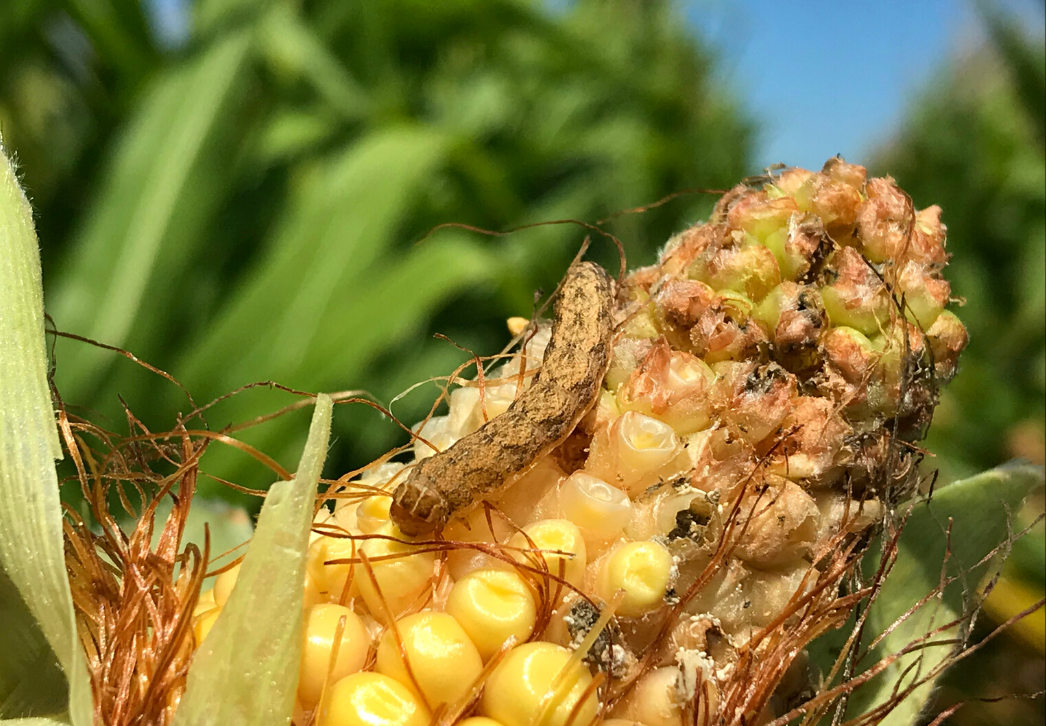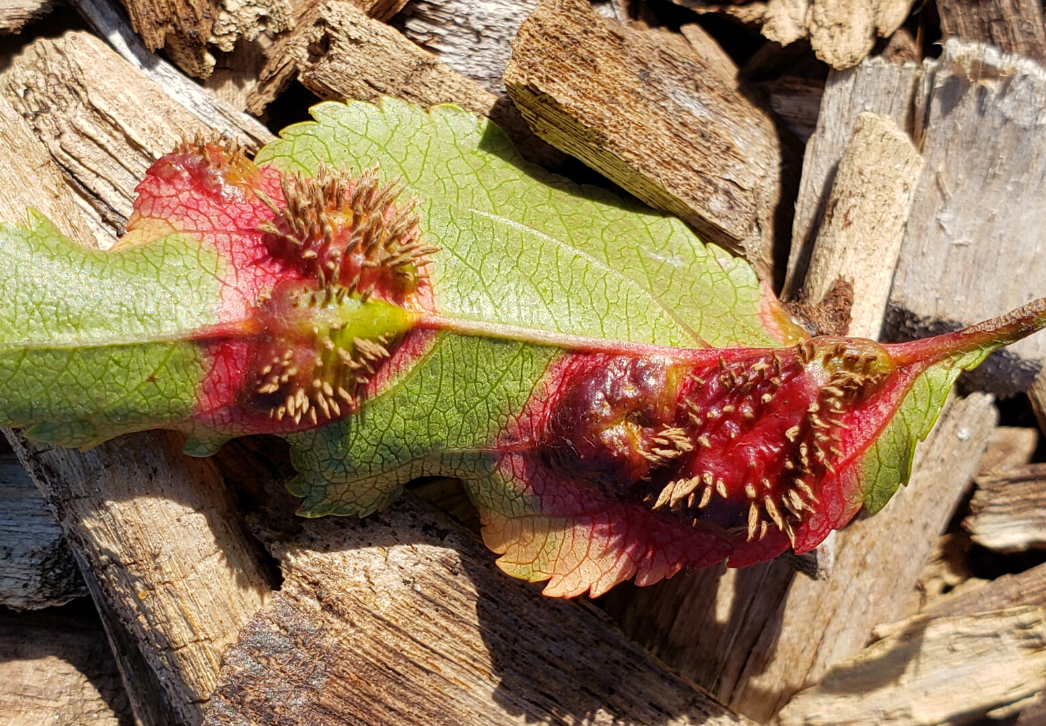|
|
Last week’s seasonable temperatures and calm conditions gave way to early August heat and humidity. Showers and storms briefly returned on Tuesday night into Wednesday (August 2-3), though hot, dry weather prevailed for much of the week. The mainly dry conditions were favorable for continued harvesting of third-crop alfalfa and small grains, but summer crops, particularly across northern Wisconsin, are showing signs of stress from insufficient rain in July. Statewide topsoil moisture condition is currently rated as 28 percent very short or short, according to the most recent U.S. Department of Agriculture (USDA) National Agricultural Statistics Service (NASS) crop report. The U.S. Drought Monitor outlook for August 4 indicates areas of moderate drought persist in far southeastern Wisconsin (including Racine, Walworth, and Kenosha counties) and have worsened throughout parts of northern Wisconsin where additional moisture is needed soon to support soybeans setting pods and corn in the grain fill stages.
__________________________________
  Western bean cutworm larva | K. Hamilton DATCP
 
|
|
Western bean cutworm moth counts peaked last week across southern Wisconsin and are now decreasing. The annual flight should peak next week in the northern counties as degree day accumulations reach 2,704 (modified base 38°F), the point at which 50% emergence is expected.
DATCP’s western bean cutworm monitoring network traps captured a total of 1,050 moths from July 29-August 4, compared to 1,956 the week before. Preliminary results of the 18th annual trapping survey show that the 2022 state count is 3,951 moths in 36 traps, or 110 per trap average. The highest cumulative individual trap total to date is 384 moths registered near Portage in Columbia County.
DATCP is participating in the Great Lakes and Maritimes Pest Monitoring Network (select WBC tab) this season, which provides western bean cutworm flight data for a broad geographic area extending across the northeastern US and adjacent Canadian provinces. The Great Lakes map also indicates counts have peaked across most of the monitoring region. |
|
 __________________________________
|
|
|
Japanese apple rust 'lipstick red' leaf spots
 
|
|
Japanese apple rust was recently found in two new Wisconsin counties: Dane and Ozaukee. Identification was confirmed by the DATCP Plant Industry Lab on the crabapple cultivars ‘Adams,’ ‘Profusion,’ and ‘Royal Raindrops.’
This exotic disease is caused by Gymnosporangium yamadae, a fungus native to Asia. It was confined to China and Japan until 2008, when it was reported in Delaware and Pennsylvania. Japanese apple rust was detected for the first time in Wisconsin last year on a crabapple nursery tree in Milwaukee County. The rust is considered a serious pathogen of cultivated apple in Asia, causing defoliation and reduced fruit yield.
Similar to other common Gymosporagium rusts, Japanese apple rust alternates between two hosts, spending part of its life cycle on apples or crabapples (Malus spp.) and the other part on Chinese juniper (Juniperus chinensis, J. chinensis var. procumbens, (J. chinensis var. sargentii). In contrast to cedar-apple rust (G. juniperi-virginianae) and cedar-hawthorn rust (G. globosum) which are easily recognized on apple and crabapple hosts by the yellow or orange spots that appear on the surface of infected leaves, Japanese apple rust causes bright fuschia or red leaf spots and is sometimes referred to as “lipstick rust.” On the underside of the leaf, short spiny reproductive structures develop and produce spores that reinfect the juniper host.
Japanese apple rust is considered an invasive threat to the U.S. with a high risk of introduction and spread because many of its hosts are popular landscape trees and ornamental plants. Since the first U.S. detection in 2008, it has been found in Delaware, Pennsylvania and likely occurs in more states. The University of Wisconsin Plant Disease Diagnostics Lab is offering free diagnostic testing for suspect Japanese apple rust samples this season. Please submit digital photos via the online digital diagnostics form. |
|
 Japanese apple rust reproductive structures
|
|
 __________________________________
|
|
|
|